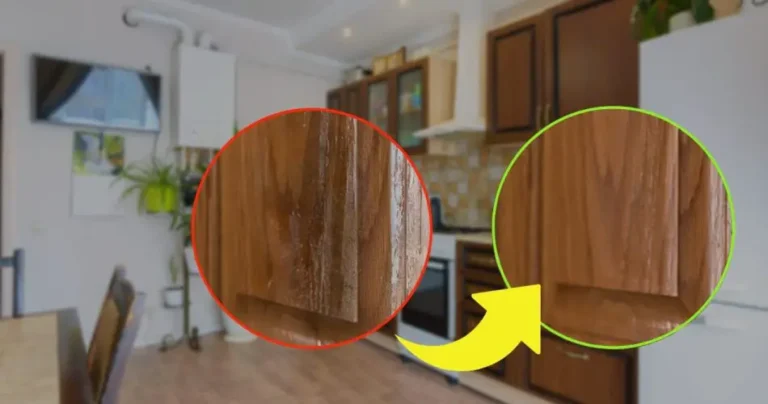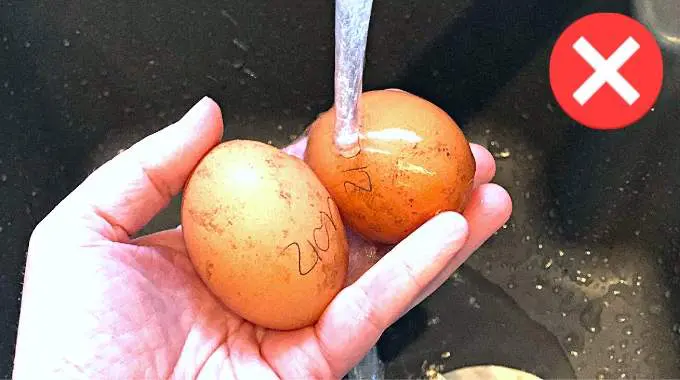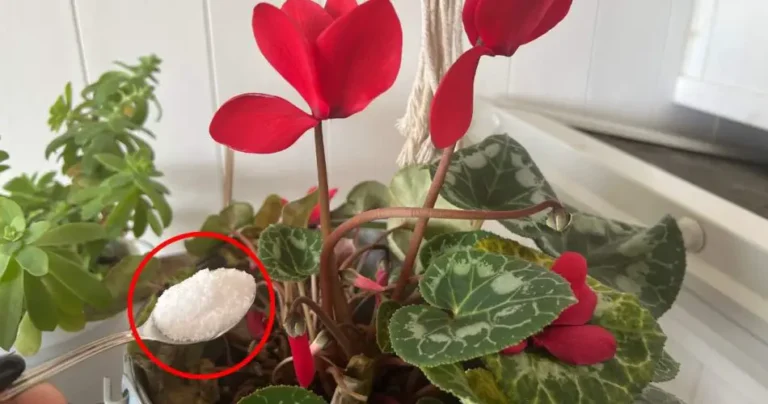6 tricks to always have orchids in full bloom and make them last for years
Orchids are flowers as wonderful as they are delicate and their care is often the subject of doubts and errors. In this article we list some tricks to keep orchids always in bloom, from watering to position.
With proper care, orchids can last for years and give us many beautiful flowers. Follow the following advice carefully to have a healthy and flowering orchid.
Adapt a vase
Although they are often marketed in transparent containers, not all orchids are suitable for this type of vase. Terrestrial orchids, for example, live very well in ceramic or other opaque material pots. They are climbing orchids that need to receive light at the roots, and among these we find the very famous Phalaenopsis .
However, any type of orchid will grow roots out of the pot if it doesn’t receive the amount of light it needs.
Waterfall
Orchids need to have their roots constantly moist, but great care must be taken not to create stagnant water. Watering is done by spraying water on the substrate (for plants in the ground) or by immersing the plant in water for about 2 minutes and no more. Let the plant drain well to avoid stagnation.
The best way to determine when your orchid needs water is to stick a finger into the substrate to see if it is wet or not. Another way is to check that the roots are apple green in color. If they are not grayish, they need water.
Flowering
To have a continuously flowering orchid, it is necessary to change the substrate once a year, but we can keep the same pot because the orchids do not increase in size.
By watering the plant, the substrate loses nutrients, so it is important to change it. Also apply a special fertilizer and remember to choose a substrate made specifically for orchids.
Trick to stimulate flowering
One of the most effective tricks to stimulate orchid flowering is to let them freeze a little. Place the orchid outdoors, on the balcony or terrace, during the colder months such as February, March or October and November, but avoid frost, sunlight and cold air currents.
Keep the orchid outdoors for a week. In this way, the plant perceives the change of season and activates flowering.
If the roots are already exhausted and the plant has not flowered for a whole year, try another trick, which consists in adding a teaspoon of honey dissolved in the water we use for watering. Don’t do it more than once a year.
Transplant
It’s easy to do: just remove the plant from the pot and drop in the pine bark. Spray the roots with a fungicide intended for orchids and then use some substrate to replant the orchid.
Continue filling the pot with substrate and gently tap the pot to settle.
To pronounce
When an orchid stick stops producing flowers and enters a layer of rot (turns brown and begins to dry out), cut it with sterilized scissors.
To help the cut heal, add a little ground cinnamon.
Share the article
.






